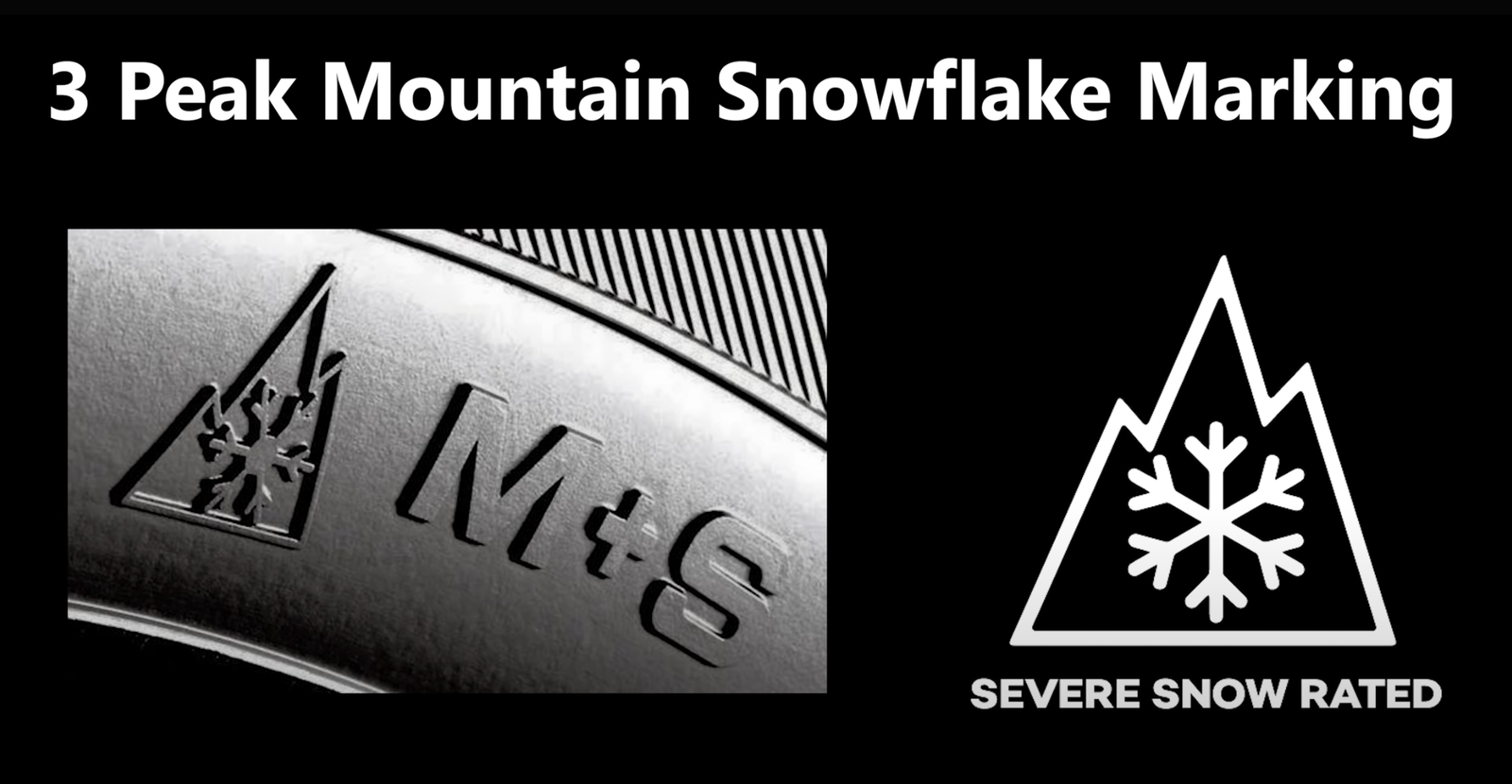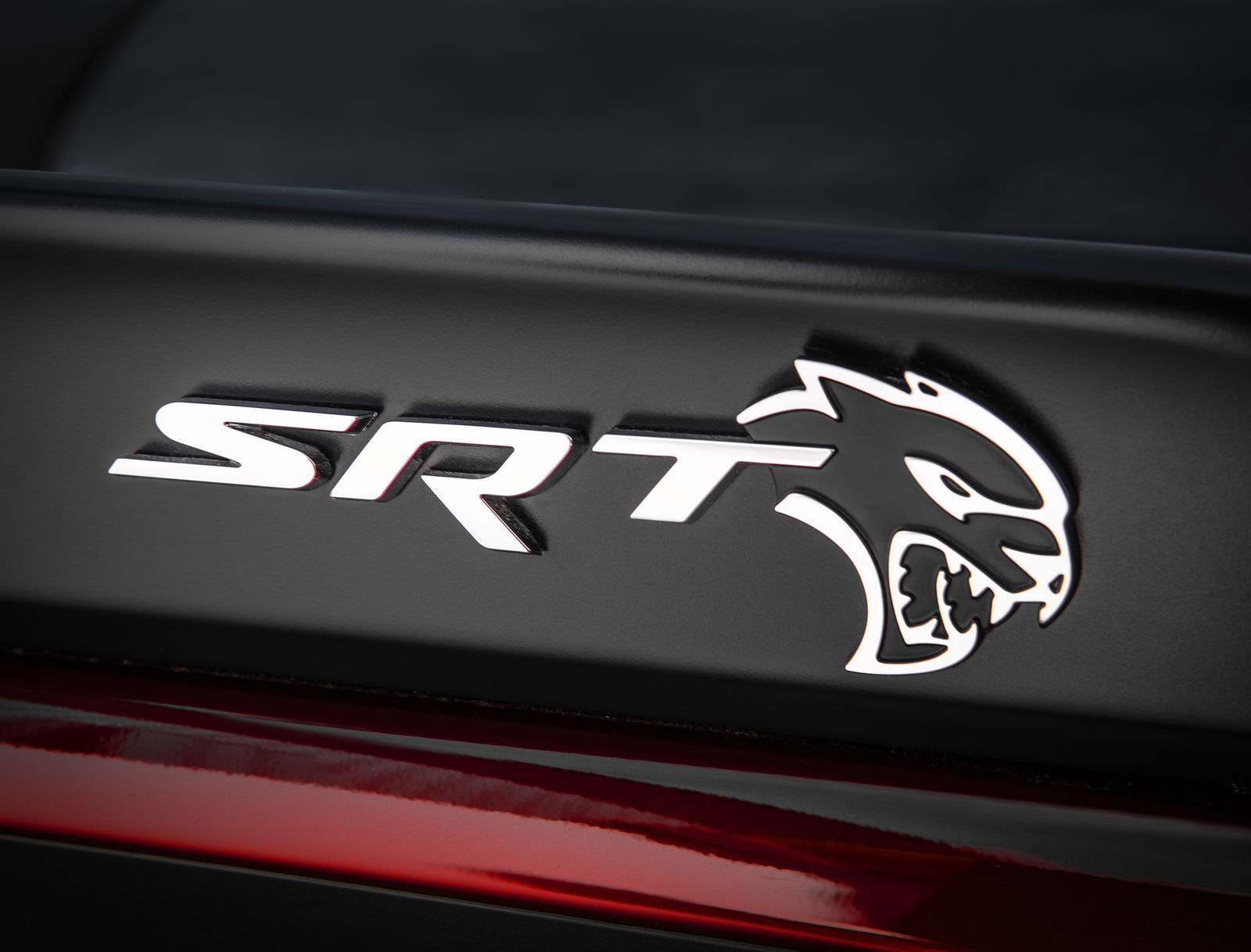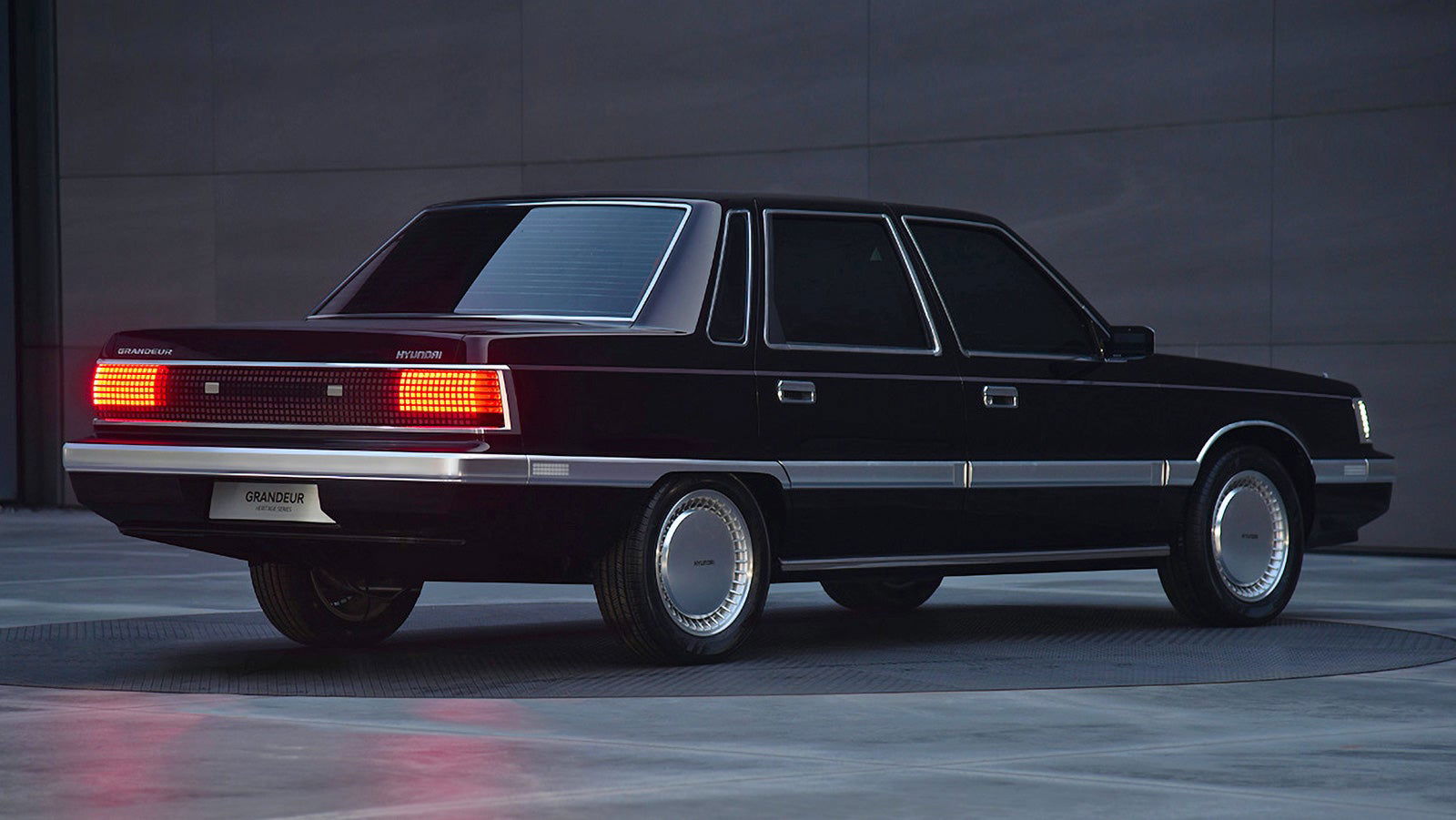Demystifying The Complicated World Of Winter Tyres
You might think winter tyres are a pretty simple concept to grasp. When it gets particularly chilly out, you switch out your summer boots for winters, in return getting better grip and traction. And that’s all there is to it, right? Unfortunately, it’s a lot more complicated than that.
Thankfully, the ever-informative Tyre Geek In Chief Jonathan Benson of Tyre Reviews has helped demystify this genre of rubber hoops and its sub-genres and the sub-genres of the sub-genres. Like we said, complicated.
In his 2021 winter tyre buyers’ guide, Benson breaks everything down for us. Complication number one comes when we’re talking about what the US market refers to as ‘all-season tyres’ - this is a kind of tyre you won’t find in Europe, and since they’re not great in ice and snow, they’re best thought of as three-season tyres.

What those across the pond call ‘all-weather’ tyres are the equivalent of European market ‘all-seasons’. Some of the latter boots come with the ‘3 Peak Mountain Snowflake Marking’ or ‘3PMSM’, meaning they’re legally classed as winters where the fitting of such tyres is mandated in some nations over colder periods of the year.
In a country that experiences relatively mild winters like the UK, these are sufficient for year-round use, although those that place high importance on how their car feels on a nice bit of road will probably want to switch them for summer tyres in warmer months. The changeover point to winters is when the average temperature dips below 7-degrees - under that figure, a summer tyre compound will harden and grip levels will decrease. And, of course, they’ll be rubbish in ice or snow.

Winter tyres can be broken into three sub-categories - regular, extreme and studded. Regular winters are a balanced option for the kind of countries that get a lot of snowy weather, but also experience drier conditions much of the time too.
Extreme winter tyres, which are sometimes referred to as ‘Nordic winter tyres’, are more heavily weighted towards snow and ice driving. Finally, studded winter tyres are, erm, winter tyres with studs on them. Since extreme winters are better than ever, Benson explains, demand for metal-studded tyres is dropping off. These tyres are better in icy conditions and marginally more competent in the snow than extreme winters, but they’re noisy and can damage road surfaces.
Be sure to give the video a watch for further insight and Benson’s recommendations for each category.



Comments
There is no ‘complicated world of winter tyres” if you were born before 1990. Then again, if you were born after 1990, a manual transmission can be a learning curve in the same way Ti-85 calculator would’ve driven Tyco Brahe and Johannes Kepler absolutely mad!
Winter tyres, chosen properly, have only (3) requirements: tread pattern, siped, and supple.
Conti’s and Bridgestone Blizzaks are top-shelf.